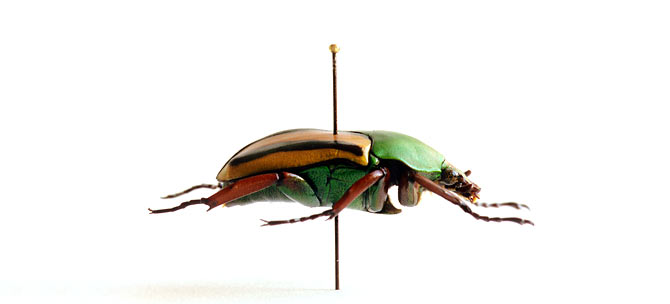-
More than 120 species named after Darwin
As the father of natural selection and evolution theory Darwin has inspired numerous naturalists and scientist. Many of these scientists have in turn honored Darwin by naming new species after him. These species often have specific names such as darwinii or darwiniensis. Today there are more than 120 species (and 9 genera) named after Darwin.
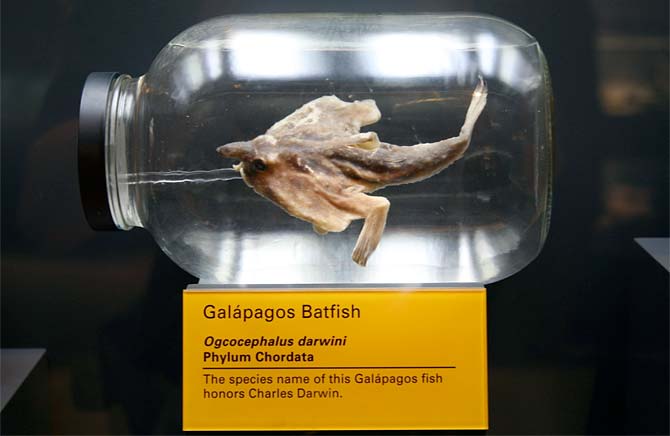
-
Lonesome George, -the last man standing
When Charles Darwin arrived at the Galapagos Islands he was amazed by the giant tortoises roaming the islands and remarked: "These animals grow to an immense size ... several so large that it required six or eight men to lift them from the ground".
The Galápagos giant tortoise (Geochelone nigra) is the largest living tortoise and fully-grown adults can weigh over 300 kg (661 lb). There are 11 subspecies currently living among the Islands. One of these, the Pinta Island Tortoise, is represented by a sole individual, - Lonesome George. George was first seen on the island of Pinta on 1 December 1971 and is considered by many the world's rarest creature.
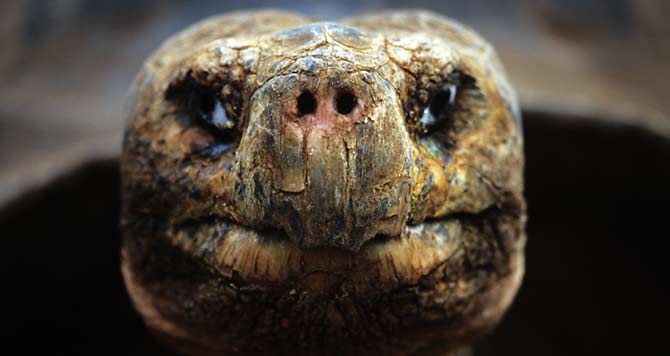
-
Wallace, -almost the father of natural selection
Alfred Russel Wallace was a British naturalist and a vague friend of Darwin. As Darwin was writing up his theory of natural selection in 1858 he received an essay from Alfred Russel Wallace, describing Wallace's own theory of natural selection. The essay spurred Darwin to finish his own theory that was published in 1859 as the book On the Origin of Species. Despite independently proposing a theory of natural selection, Wallace was very humble and gave Darwin most of the credit for the theory of natural selection.
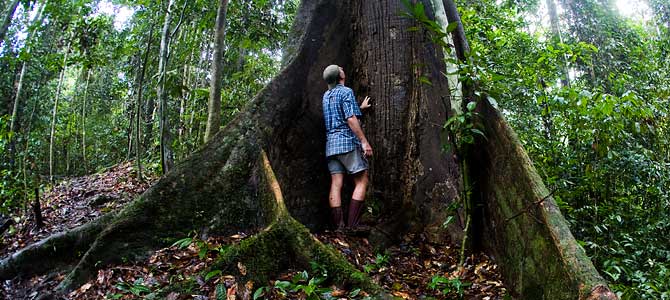
-
The Darwin mission
The Darwin mission is an ESA (European Space Agency) project named after Chales Darwin, which aims at find Earth-like planets in our galaxy. The Darwin mission will survey 1000 of the closest stars, looking for small, rocky planets which are the most likely places for life to develop �?at least as we know it. The idea for the mission was proposed in 1993 and since then ESA has been working on a feasible design of the Darwin flotilla. More info can be found here.
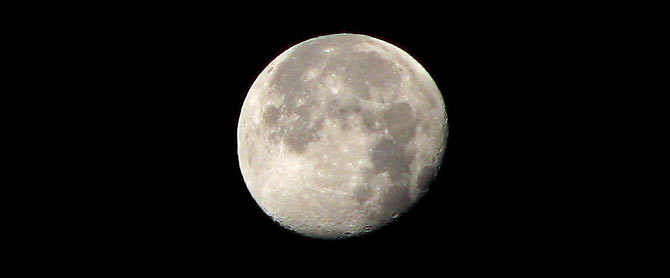
-
Lincoln born on the same day as Darwin
Charles Darwin and Abraham Lincoln were born on the same day, February 12, 1809. Although the two of them never met, they had a lot in common: both lost their mothers in early childhood, both suffered from depression, and both wrestled with religious doubt. Each had a strained relationship with his father, and each of them lost children to early death. For more info on these two historical figures, click here.
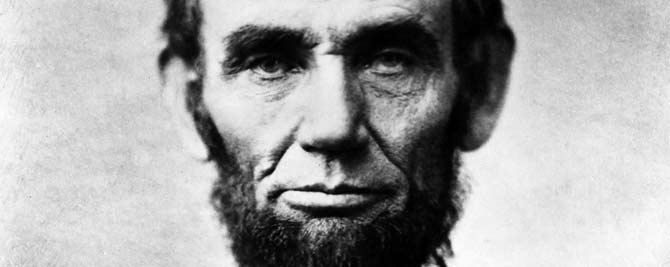
-
Whisky, -the last drink to pass Darwin's lips
Darwin's daughter Henrietta Emma Darwin described the last minutes of Darwin's life in her manuscript Recollections of Darwin. According to her "...they gave him some of the whisky and he was able to swallow and after three teaspoonfuls recovered consciousness...". More info on Darwin's life can be found here.

-
Darwin the priest
At the age of 16 Darwin went to the University of Edinburgh to study medicine, but was revolted by the brutality of surgery and neglected his studies. The failure to pursue medical studies annoyed his father, who shrewdly enrolled him at Christ’s College, Cambridge to qualify as a clergyman and get a good income as an priest. The young Darwin soon neglected his studies once more and spent more time out in the field collecting beetles.

-
Crazy for bugs
Darwin was a devoted beetle collector in his youth. According to his autobiography few things "... gave him as much pleasure as collecting beetles…". Another passage in his autobiography give proof of his affection for beetles: "... I saw two rare beetles and seized one in each hand; then I saw a third and new kind, which I could not bear to lose, so that I popped the one which I held in my right hand into my mouth. Alas it ejected some intensely acrid fluid, which burnt my tongue so that I was forced to spit the beetle out, which was lost, as well as the third one."
